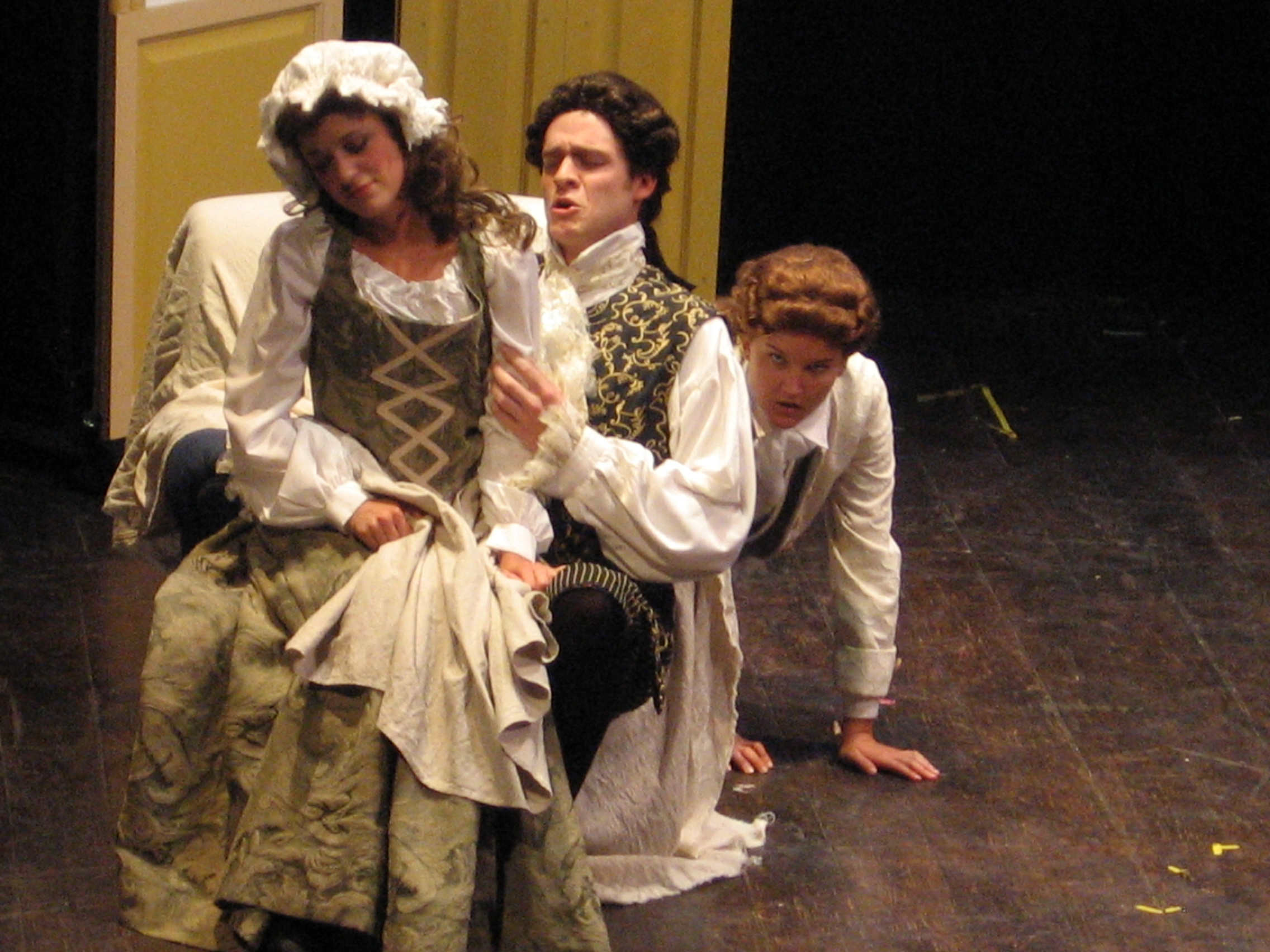Le Nozze di Figaro di W. A. Mozart e L. Da Ponte
Thursday 18 July 2024 ⤳ 9.00 pm
Teatro Supercinema, Santarcangelo di Romagna
Free entry
 Le Nozze di Figaro, comic opera in four acts by Wolfgang Amadeus Mozart, libretto by Lorenzo Da Ponte
Le Nozze di Figaro, comic opera in four acts by Wolfgang Amadeus Mozart, libretto by Lorenzo Da Ponte11 Characters interpreted by selected international opera artists
director and concertmaster Pietro Billi
directed by Mark Crayton
scenes Tom Burch
costumes Audrey Hamilton
lights David Navalinsky
Orchestra Città di Ravenna
Choir La Musica Opera USA
An international co-production of the Montefeltro Festival 2024
La Musica Opera USA and Voci nel Montefeltro, International Lyric Academy, Novafeltria
main sponsor: RivieraBanca ICCREA Cooperative Banking Group
_______________________________________________________________
Le Nozze di Figaro is the first of the three operas with the successful collaboration of Lorenzo Da Ponte.
It is one of the most famous works of Mozart and of the entire musical theatre.
Mozart created it at the age of twenty-nine using the libretto that Da Ponte had taken from the recent comedy Le Mariage de Figaro by Beaumarchais, the second piece of the so-called Figaro Trilogy: the first, namely The Barber of Seville, was set to music by various composers, among which Gioachino Rossini; the third piece, The Guilty Mother, however, did not stimulate the creativity of great composers.
Mozart wrote this opera in great secrecy because Beaumarchais' comedy had been banned by Emperor Joseph II, who thought it encouraged hatred between the various social classes. Mozart took six weeks to complete it, he wrote the finale of the second act, the one he himself defined as 'a crazy day', in one night, one day and a subsequent night of continuous work.
It was only after having convinced the Emperor of the absence of the most politically controversial scenes from this work that the opera was granted permission to be performed.
It is a project where words, the music and the gestures reach an unparalleled perfection and where Da Ponte's contribution was certainly very important.